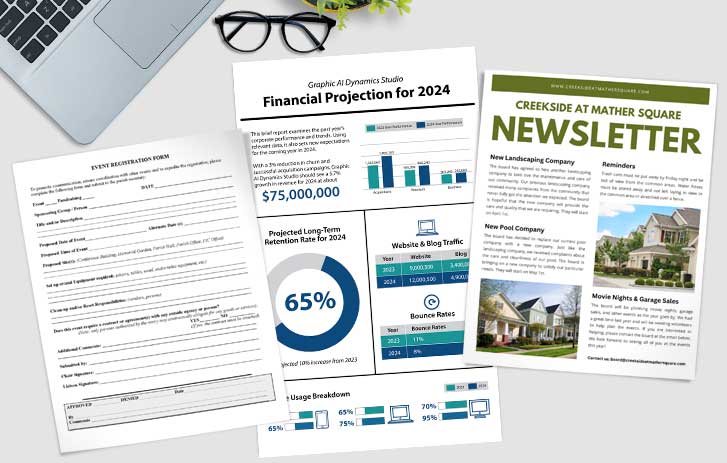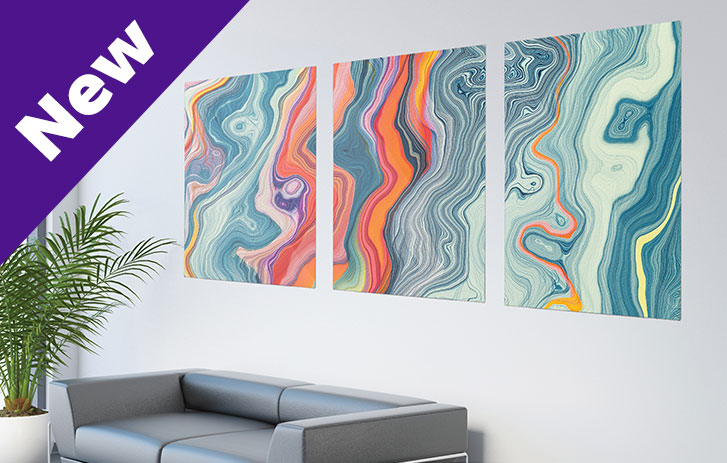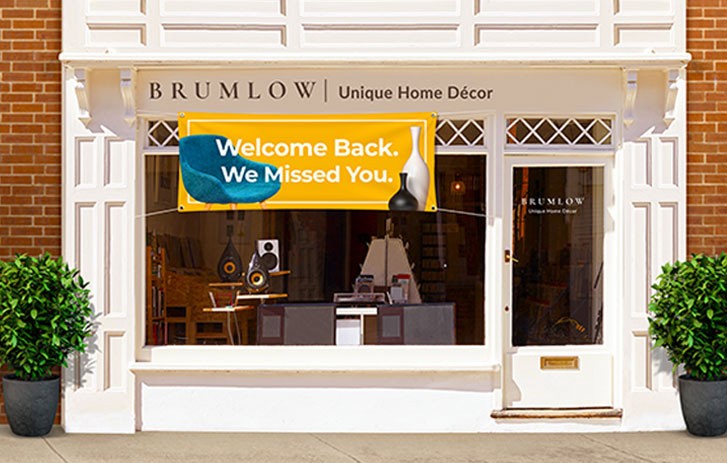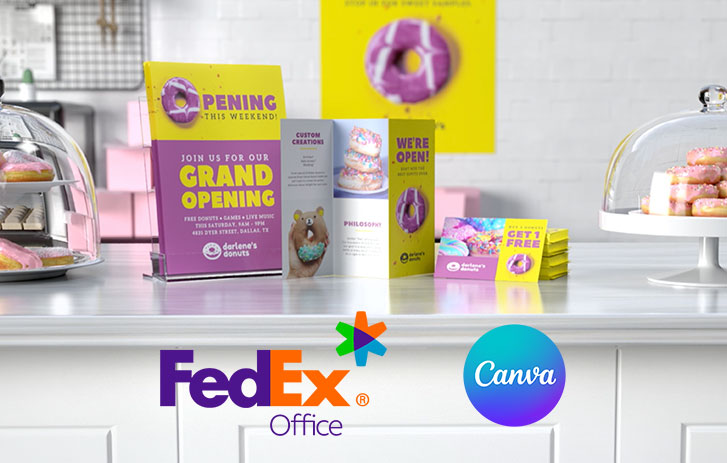

It’s been long said that necessity is the mother of invention. As devastating as it was, the pandemic required businesses to be creative like never before.
One of the areas where this creativity occurred is in print communications. In the last few years, much emphasis has been on digitalization, and understandably so. But the pandemic demonstrated the timeless necessity of print. Retailers urgently needed print material to keep customers and employees updated on shifting conditions.
In a recent survey by Retail Dive studioID and FedEx Office, we asked over 200 retailers how they created and used print material during this time.
Retailers’ greatest print challenges—and uses—during COVID-19
During the pandemic, almost one-third of retailers used print more than in the past, most frequently for directional signage (40%), marketing collateral (38%), and posters (34%). Additionally, 27% of retailers used more print for employee manuals and other materials.
Getting signs created was key — by any means necessary. Pressed for time or resources, 15% of retailers created those signs by hand or on a home or office printer. “Retailers were making signs in marker and wrapping them in plastic food wrap to protect them from the weather. Getting the information out was the most important thing. The means of doing it came second,” recalled Jason Radford, National Account Manager, for FedEx Office.
While some retailers relied on homegrown solutions, most retailers surveyed (58%) said they outsourced their printing process. One frustration some retailers faced was getting their print materials delivered quickly. Those that had issues said the culprits were production timeline delays (26%) and transportation/delivery delays (12%).
As retailers look back on those weeks of transition, nearly 40% said they now use print differently than before. Almost 60% said that using print materials provided an advantage in keeping customers apprised of changes in store hours, capacity, and safety protocols.
Innovative ways to use print
During a pandemic, with uncertainty and changes daily, retailers found ways to create print material that communicated with their customers, helping them feel more empowered and comfortable when shopping.
Some of those innovative uses included:
- Extending the use of wayfinding signage. Wayfinding signs have always been an asset in directing customers through stores. But they found new life by helping customers navigate parking lots for curbside pickup. Although many store locations in the same chain have similar designs, the parking lots where those stores are located can be very different, with some having on-street pickup and others having it in a covered garage. Providing parking lot signage helped make the customer experience smoother.
- Advertising on directional signage. Directional signage was critical in managing traffic flow in store aisles and helping customers know where to go for services, such as curbside or in-store pickup. Beyond having specific directions on the signage, some retailers allowed brands to add their message to the sign as a subtle marketing boost.
- Including QR codes on print signs to tie back to the retailer’s or brand’s online activity. Although QR codes aren’t new, they found new life during the pandemic, when customers were especially interested in a touchless experience. Retailers printed the QR codes on signs, and customers could use their phones to capture the QR code, which took them to the retailer’s website.
- Using surface graphics in new ways. Like QR codes, surface graphics aren’t new to the marketplace, but retailers big and small used these graphics to promote social distancing in check-out lines and while shopping. Retailers used outdoor and semi-permanent graphics outside to communicate changes in store hours and mask requirements. They also used non-slip temporary graphics for carpet and window clings to communicate updates to store changes.
- Increasing the use of water-resistant paper. This material could be sanitized so employees and customers feel more comfortable using them during the pandemic.
- Customizing communications. “Stores, even those that were part of chains, needed tailored signs based on their community’s needs,” said Radford. “We saw part of a district or territory was customized to more community-based messaging.” For example, some retailers created bilingual signs for curbside and in-store pickup. Retailers in different municipalities made signs to indicate their varying capacity limits or store hours reserved for senior citizens to shop.
Retailers will continue using print in new ways in the future
Even though retailers found new or extended ways to use printed material during the pandemic, those uses transcend a time of crisis. Retailers said they plan to continue new ways of using signs to engage with and enhance customers’ shopping experiences in the brick-and-mortar locations. Forty-two percent of retailers in the survey said they expected to continue using directional signage, while 36% will let brands advertise on signs and 35% will provide information via QR codes on signs.
Whether retailers need to communicate urgent information like a severe weather event, ongoing employee information, systems or processes changes, or fresh ways to share store information and engage customers, print provides a timeless, reliable, yet innovative solution. To explore more ways to create experiences with signage, visit FedEx Office.



